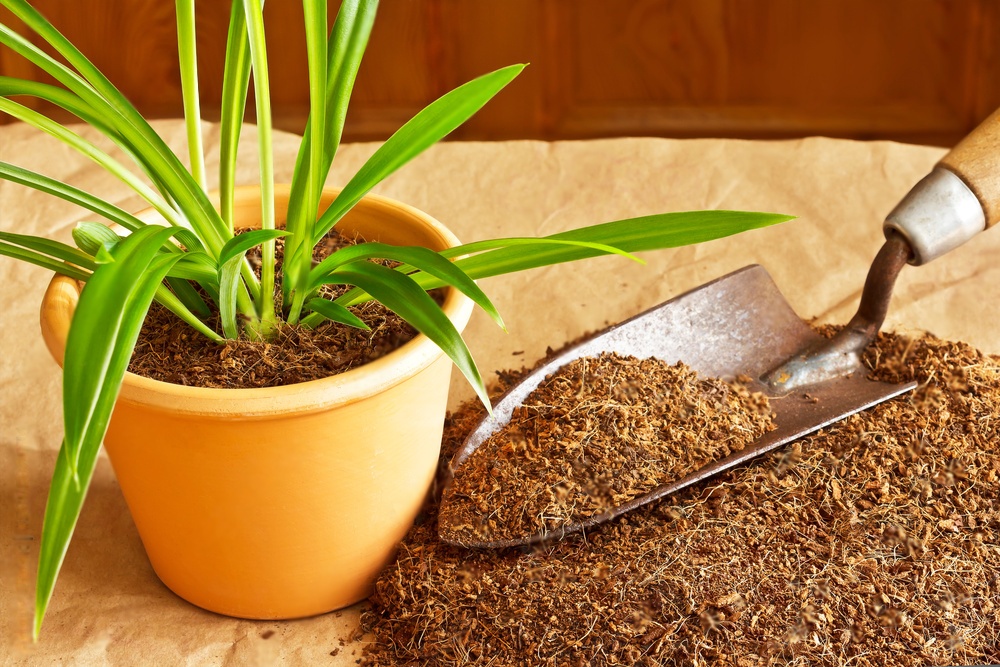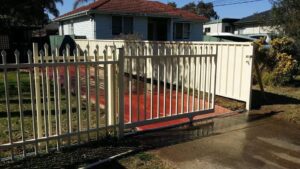
Discover the Secrets of Using Coco Coir Bricks in Your Garden
What is Coco Coir and How is it Made?
Coco coir, often referred to as coconut coir, is a natural fiber extracted from the husk of coconuts. It’s a versatile growing medium that has gained popularity in gardening and horticulture. To produce coco coir, the husks of coconuts are soaked in water to soften them, then beaten to separate the fibers. These fibers are then dried and processed into various forms such as bricks, blocks, pellets, or loose fibers.
Why is Coconut Coir a Popular Choice for Gardening?
Coconut coir has become a favored choice for gardening due to its sustainability, renewable nature, and excellent water retention properties. It’s an eco-friendly alternative to peat moss, which is often harvested from non-renewable peat bogs. Additionally, coconut coir is pH-neutral, which means it won’t alter the pH of the soil like peat moss can.
How Does Coir Benefit Your Plants?
Coir offers several benefits to plants, including excellent water retention, aeration, and drainage properties. It promotes healthy root growth by providing a well-aerated environment and prevents soil compaction. Coir also contains natural nutrients such as potassium and phosphorus, which can enhance plant growth and development.
Using Coco Coir Bricks
Step-by-Step Guide to Hydrating Coco Coir Bricks
- Submerge the coco coir brick in a large container filled with water.
- Allow the brick to absorb water for about 15-30 minutes until it expands and becomes fluffy.
- Once fully hydrated, break apart the coir with your hands to loosen it.
- Drain any excess water and fluff the coir before use.
How to Use Expanded Coir in Potting Mix for Better Plant Growth
Incorporate hydrated coco coir into potting mixes to improve water retention, aeration, and nutrient uptake for plants. Mix it with compost, perlite, and vermiculite in appropriate ratios to create a well-balanced growing medium.
Tips for Incorporating Coir in Your Organic Gardening Practices
- Use coir as a sustainable alternative to peat moss in organic gardening.
- Combine coir with compost and other organic amendments to create nutrient-rich soil.
- Reuse coir multiple times by composting it after use.
Coir Bricks for Seed Starting
Enhancing Seed Starting Mix with Coco Coir for Optimal Results
Incorporate coco coir into seed starting mix to improve moisture retention and create a light, fluffy texture that promotes healthy seedling growth. Mix coir with perlite or vermiculite to enhance drainage and prevent damping-off disease.
Benefits of Using a Coco Coir Brick for Seedlings
- Coco coir provides a sterile environment that reduces the risk of soil-borne diseases.
- It promotes strong root development and minimizes transplant shock for seedlings.
Key Takeaways:
- Coco coir is a natural fiber extracted from coconut husks and is a popular growing medium in gardening and horticulture.
- It is an eco-friendly and sustainable alternative to peat moss, with excellent water retention, aeration, and drainage properties.
- It’s pH-neutral and contains natural nutrients that can benefit plant growth and development.
- These bricks can be easily hydrated and incorporated into potting mixes to improve soil structure and plant health.
- It is particularly useful for seed starting, as it provides a sterile environment and promotes strong root development.
- Incorporating coco coir into potting mix for indoor plants can improve moisture retention, aeration, and prevent soil compaction.
- Coco coir’s natural resistance to mold and decay makes it an ideal choice for both indoor and outdoor gardening.
Coconut Coir for Indoor Plants
Utilizing Coir in Potting Mix for Indoor Plant Health
Mix coconut coir with indoor potting soil to improve moisture retention and aeration for indoor plants. The fibrous structure of coir helps prevent soil compaction and allows for better root oxygenation.
How Coconut Coir Promotes Aeration and Moisture Retention for Indoor Plants
Coir’s ability to retain moisture while providing adequate drainage is particularly beneficial for indoor plants, as it helps prevent overwatering and root rot. Its natural resistance to mold and decay also makes it an ideal choice for indoor gardening.
What is the difference between coco coir and peat moss?
Coco coir and peat moss are both used as growing mediums, but coco coir is a more sustainable and eco-friendly option. Coco coir is derived from coconut husks, a renewable resource, while peat moss is harvested from non-renewable peat bogs. Additionally, coco coir is pH-neutral, while peat moss can alter soil pH.
Can I reuse coco coir after my plants have finished growing?
Yes, you can reuse coco coir multiple times. After your plants have finished growing, you can remove the coir from the pots or containers and compost it. The composted coir can then be incorporated back into your potting mixes or garden soil for future use.
How much coco coir should I add to my potting mix?
The amount of coco coir you add to your potting mix depends on the specific requirements of your plants. As a general rule, you can mix coco coir with other ingredients like compost, perlite, and vermiculite in equal parts to create a well-balanced growing medium.
Is coco coir suitable for all types of plants?
Coco coir is suitable for most plants, as it provides excellent moisture retention, aeration, and drainage. However, some plants may have specific soil requirements, such as cacti and succulents, which prefer a more well-draining mix. In these cases, you can adjust the ratio of coco coir to other ingredients to suit the plant’s needs.
How often should I water plants grown in coco coir?
Plants grown in coco coir generally require more frequent watering than those grown in soil, as coir has a high water retention capacity. However, the watering frequency ultimately depends on factors such as the plant species, pot size, and environmental conditions. As a general rule, water your plants when the top inch of the coir feels dry to the touch.







